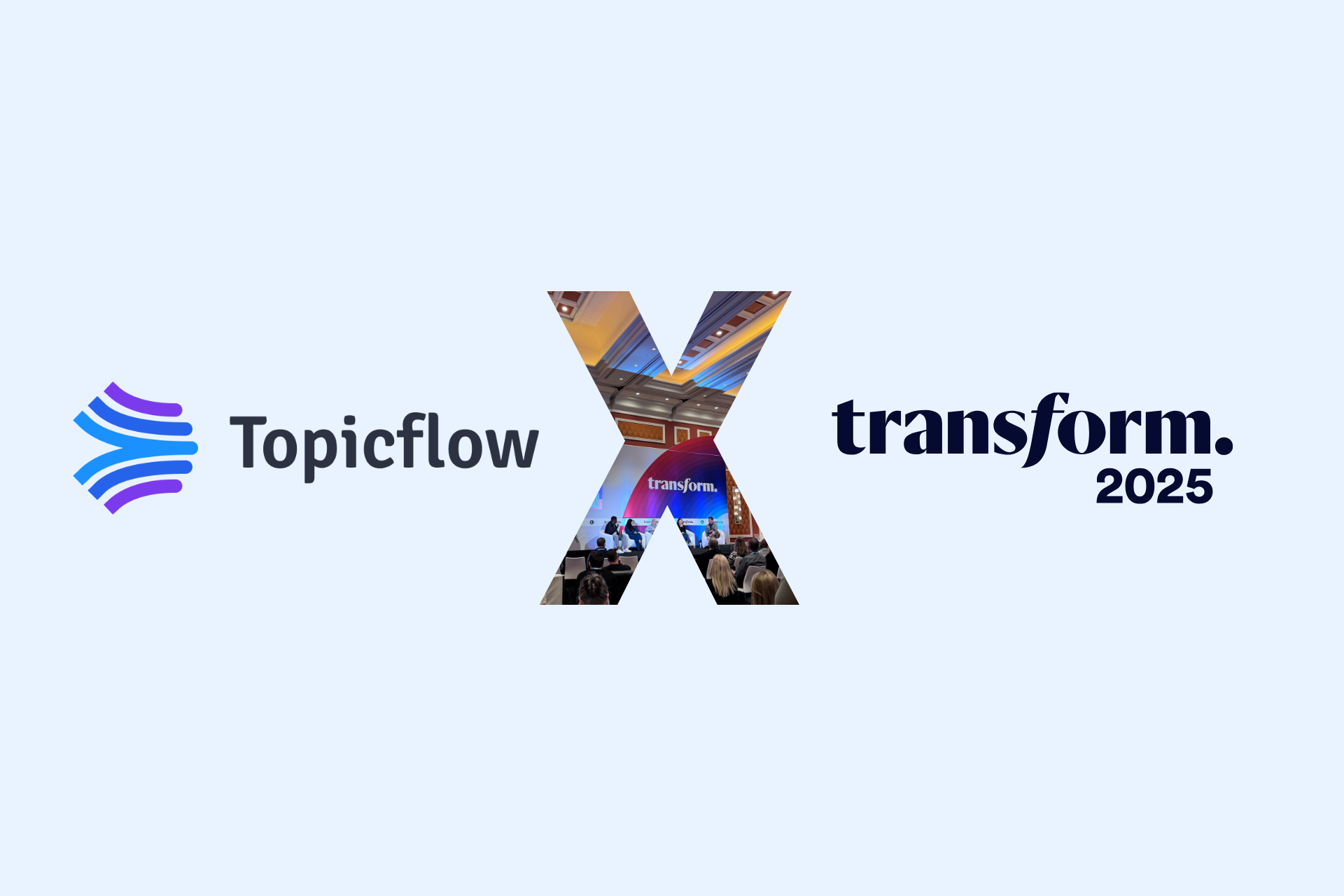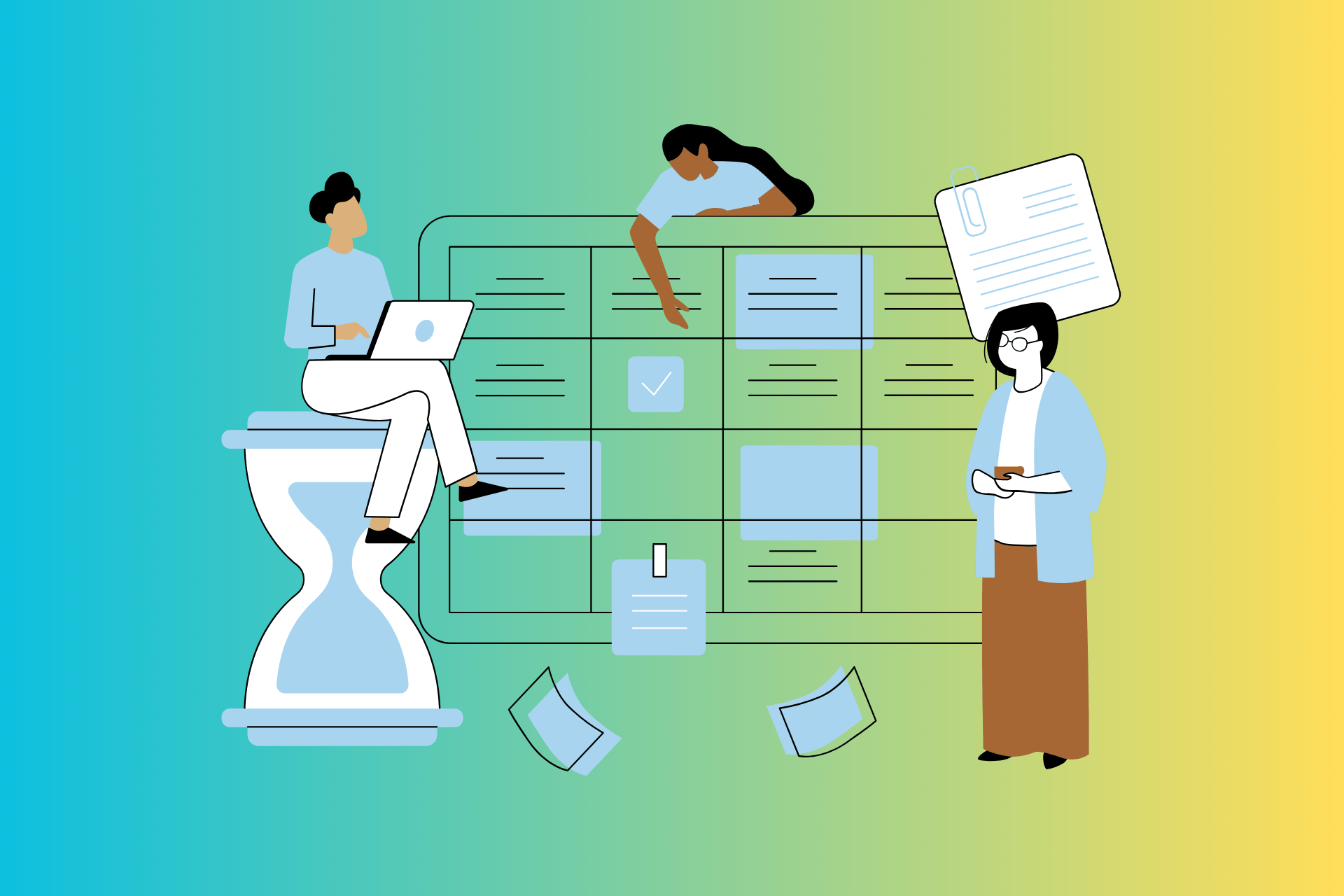The Why
In the fast-paced world of business, the Human Resources (and People Operations!) function has evolved from a focus on administrative tasks to playing a pivotal role in strategic planning and implementation. Strategic goal setting within HR is not just about aligning individual and team objectives with the organization's overarching goals; it's about transforming HR into a cornerstone of organizational success. This framework draws on expert insights from Wendy Pat Fong, a seasoned HR professional, and goal-setting expert, to guide HR leaders and practitioners through establishing a strategic goal-setting framework that positions HR as a strategic partner within their organizations.
The need for HR to lead strategic goal-setting has never been more critical. As organizations navigate the complexities of a rapidly changing business landscape, the ability to set clear, actionable, and strategic goals can be the difference between thriving and merely surviving. This resource is designed to provide HR professionals with a step-by-step framework for integrating strategic goal setting into their function, ensuring that HR not only supports but drives organizational success.
Chapter 1: The Evolution of Goal Setting in HR
The Shift Towards Strategic Frameworks
The concept of goal setting in the workplace is not new. However, the approach and emphasis on goal setting have undergone significant transformation, especially within the realm of HR. Traditionally seen as a department focused on hiring, onboarding, and addressing personnel issues, HR's role in strategic goal setting marks a shift towards a more integrated and impactful function within the business. This came to the forefront during the environment that was created during and after the pandemic.
Wendy Pat Fong, with her extensive background in performance management and strategic goal setting at Microsoft, highlights the evolving role of HR. "It has become apparent that HR has a huge opportunity to revamp goal setting in a way that showcases strategic thinking across the whole organization," Wendy explains. This evolution reflects a broader recognition of the strategic value HR brings in aligning employee efforts with the company's vision and strategic objectives.
From Administrative to Strategic: A Journey
The journey from administrative to strategic functions in HR has not been straightforward. Initially, goal setting within HR was heavily focused on operational and efficiency goals, such as reducing hiring times or increasing employee satisfaction scores. While these are still important, the scope has broadened significantly.
Today, strategic goal setting in HR encompasses much more than operational efficiency. It involves setting goals that are directly linked to the organization's strategic priorities, such as driving innovation, fostering a culture of continuous improvement, and enhancing the organization's ability to adapt to change. This shift requires HR professionals to think beyond the confines of traditional HR functions and consider how they can contribute to the broader business strategy.
Chapter 2: Understanding Goal Setting Frameworks
A Comparative Overview
In the realm of strategic goal setting, several frameworks stand out for their effectiveness and widespread adoption. Understanding these frameworks is crucial for HR professionals as they select the best approach for their organization. The most notable among these are SMART goals, OKRs (Objectives and Key Results), and V2MOM (Vision, Values, Methods, Obstacles, Measures).
- SMART Goals: Specific, Measurable, Achievable, Relevant, and Time-bound goals are foundational in goal setting. They ensure clarity and tractability, making goals understandable and actionable for everyone involved.
- OKRs: Popularized by tech giants like Google, OKRs focus on setting ambitious objectives and linking them with concrete, measurable key results. This framework fosters transparency and alignment across the organization, encouraging teams to aim high while keeping outcomes measurable.
- V2MOM: Originating from Salesforce, V2MOM helps organizations translate their vision and values into actionable methods, identify potential obstacles, and define measures of success. It is particularly effective in maintaining strategic alignment and ensuring that everyone's efforts contribute to the overarching goals.
Choosing the Right Framework for Your Organization
The selection of a goal-setting framework depends on various factors, including organizational culture, the complexity of business operations, and the strategic objectives at hand. HR professionals must evaluate each framework's strengths and limitations in the context of their organization's needs.
Chapter 3: Aligning HR with Organizational Strategy
Bridging Strategy and Execution
Strategic alignment is at the heart of successful goal setting. HR plays a critical role in ensuring that the organization's strategic objectives are reflected in the goals set at every level, from the executive suite to individual contributors. This alignment is essential for creating a cohesive direction and purpose across the company. Additionally, there is a huge increase on engagement metrics as employees show heightened motivation and satisfaction when they understand their impact.
- Understanding Organizational Strategy: It begins with a deep understanding of the company's strategic priorities. HR leaders must work closely with executive management to grasp the vision and direction of the organization.
- Translating Strategy into Actionable Goals: Once the strategic priorities are clear, the next step is to translate them into actionable goals that can be communicated and executed at all levels of the organization. This translation process is where frameworks like OKRs and V2MOM can be particularly valuable, providing a structure for breaking down strategic objectives into specific, actionable goals.
Practical Action Items for HR Professionals
- Conduct Strategy Workshops: Organize workshops with leadership and key stakeholders to discuss and align on the organization's strategic priorities. Use these sessions to ensure a mutual understanding of strategic objectives and how they translate into departmental and individual goals.
- Develop Alignment Tools: Create tools and templates to help managers and their teams align their goals with organizational strategy. This might include goal-setting worksheets that incorporate elements of the chosen framework (e.g., OKRs) and guides for linking individual goals to broader strategic objectives.
- Implement Regular Check-Ins: Establish a regular cadence of check-ins, not just to track progress but to ensure continued alignment with evolving organizational strategies. These check-ins can provide valuable feedback loops for adjusting goals as necessary to respond to changing business needs.
Chapter 4: The Role of HR in Goal Setting
Elevating HR's Strategic Position
HR's involvement in strategic goal setting is transformative, not just for the HR function but for the entire organization. By leading the goal-setting process, HR can align talent management with business outcomes, making HR a key player in organizational strategy.
Actionable Strategies for HR
- Become the Goal-Setting Leader: HR should take the lead in facilitating the goal-setting process across the organization. This involves getting leadership buy-in, training managers on effective goal-setting techniques, ensuring alignment with organizational objectives, and providing ongoing support.
- Foster a Goal-Oriented Culture: HR can champion a culture where goal setting and achievement are valued. This includes recognizing and rewarding goal achievement and making goal discussions a part of regular performance conversations.
- Leverage Technology for Goal Management: Implementing a goal management tool or platform can help maintain visibility and track progress. HR can spearhead the selection and implementation of such tools, ensuring they meet the organization's needs.
- Connect Tasks and Action Items Directly to Goals: HR should emphasize the integration of daily tasks and action items with overarching goals to illuminate the pathway toward achieving these targets. This approach not only clarifies the contribution of each task to broader organizational objectives but also enhances motivation by demonstrating progress in real-time.
Embedding HR in Strategic Discussions
To truly influence the organizational direction, HR must be part of strategic discussions from the onset. This positioning allows HR to ensure that talent strategies are fully aligned with business goals and that the organization is equipped to meet its objectives.
Chapter 5: Implementing a Strategic Goal-Setting Framework
Setting the Foundation
A successful implementation starts with a clear understanding of the chosen goal-setting framework and its alignment with the organization's strategic priorities. The following steps can guide HR professionals through the implementation process:
- Align Leadership: Secure buy-in from top leadership by demonstrating how a strategic goal-setting framework can drive organizational success.
- Customize the Framework: Adapt the chosen framework (e.g., OKRs, V2MOM) to fit your organization's unique culture and needs. This may involve customizing terminology, processes, and evaluation metrics. It is also important for HR to assess where goal settings will impact existing processes such as performance management.
- Train and Educate: Provide comprehensive training for all employees, focusing on the importance of goal alignment, how to set effective goals, and how to track and measure progress. Organize workshops to help managers brainstorm together with their teams on the definition of success.
Keep in mind, this isn't a "set it and forget it" endeavor. To achieve the positive outcomes every business aims for, a goal-setting framework demands ongoing care and attention. An area of opportunity is to implement goals check-in within weekly 1-on-1s for managers and employees to discuss wins, blockers and help needed.
Chapter 6: Measuring Success and Continuous Improvement
Establishing Metrics for Success
To gauge the impact of strategic goal setting, HR must identify key performance indicators (KPIs) that reflect both the process and outcomes of goal setting. Potential KPIs include:
- Alignment of individual goals with strategic objectives.
- Employee engagement and satisfaction with the goal-setting process.
- Achievement rate of set goals.
Creating a Feedback Loop
Continuous improvement is crucial for maintaining an effective goal-setting framework. Implement regular review cycles to assess goal progress, gather feedback from employees and managers, and adjust goals and processes as needed. This feedback loop ensures that the goal-setting framework remains dynamic and aligned with the organization's evolving needs.
Leveraging Success Stories
Highlighting and sharing success stories within the organization can reinforce the value of strategic goal-setting. These stories can serve as powerful examples of how aligning individual efforts with organizational strategy can lead to significant achievements.
Conclusion: Charting the Future of HR Through Strategic Goal Setting
In concluding our journey through strategic goal setting within HR, we've illuminated a path where HR not only supports but drives organizational success. As HR professionals, you stand at the precipice of transformation, ready to integrate strategic goal-setting into the fabric of your organizations.
Embracing tools like Topicflow can be your next step in this evolution, offering a platform that simplifies alignment, enhances transparency, and fosters a culture of continuous improvement and strategic thinking.
Topicflow empowers you to seamlessly connect organizational strategy with individual goals & KPIs, while seamlessly visualizing the connection to action items and tasks. This ensures that every team member is aligned and moving in the same direction. Let's embrace this opportunity to redefine HR's role, leveraging Topicflow to turn strategic goals into a dynamic force for organizational success.
The future of HR is strategic, and with the right tools and mindset, there's no limit to what we can achieve together.



